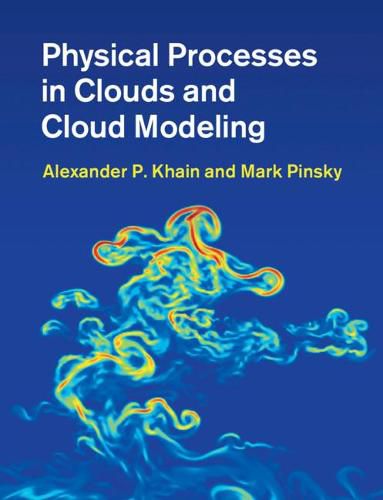Readings Newsletter
Become a Readings Member to make your shopping experience even easier.
Sign in or sign up for free!
You’re not far away from qualifying for FREE standard shipping within Australia
You’ve qualified for FREE standard shipping within Australia
The cart is loading…






This book presents the most comprehensive and systematic description currently available of both classical and novel theories of cloud processes, providing a much-needed link between cloud theory, observation, experimental results, and cloud modeling. This volume shows why and how modern models serve as a major tool of investigation of cloud processes responsible for atmospheric phenomena, including climate change. It systematically describes classical as well as recent advancements in cloud physics, including cloud-aerosol interaction; collisions of particles in turbulent clouds; and the formation of multiphase cloud particles. As the first of its kind to serve as a practical guide for using state-of-the-art numerical cloud models, major emphasis is placed on explaining how microphysical processes are treated in modern numerical cloud resolving models. The book will be a valuable resource for advanced students, researchers and numerical model designers in cloud physics, atmospheric science, meteorology, and environmental science.
$9.00 standard shipping within Australia
FREE standard shipping within Australia for orders over $100.00
Express & International shipping calculated at checkout
This book presents the most comprehensive and systematic description currently available of both classical and novel theories of cloud processes, providing a much-needed link between cloud theory, observation, experimental results, and cloud modeling. This volume shows why and how modern models serve as a major tool of investigation of cloud processes responsible for atmospheric phenomena, including climate change. It systematically describes classical as well as recent advancements in cloud physics, including cloud-aerosol interaction; collisions of particles in turbulent clouds; and the formation of multiphase cloud particles. As the first of its kind to serve as a practical guide for using state-of-the-art numerical cloud models, major emphasis is placed on explaining how microphysical processes are treated in modern numerical cloud resolving models. The book will be a valuable resource for advanced students, researchers and numerical model designers in cloud physics, atmospheric science, meteorology, and environmental science.